“Did you know there’s a shrub in India that blooms once every 12 years?”
(My friend was sharing more gardening trivia.)
“I read about it somewhere,” I replied. “What’s it called?”
“The kurinji shrub. When it blossoms, the hillsides turn a bluish purple.”
“Must be a sight to behold.”
“Like that a plant that stinks like rotting flesh,” she added.
“The corpse flower?”
“20 years!”
There are a lot of exotic plants around the world, many of which have unusual growing patterns, certainly not like the predictable garden plants we know so well.
Plants That Take Forever to Bloom
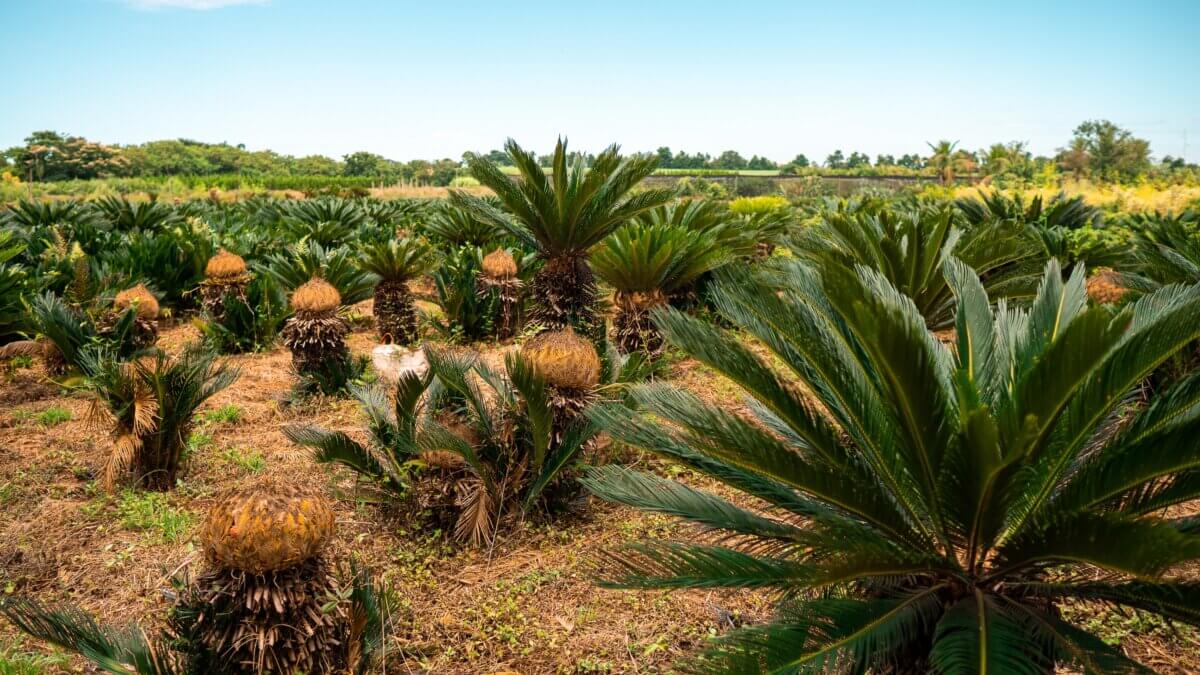
- Queen of the Night – Peniocereus greggii (called night-blooming cereus and deer horn cactus), this tuberous rooted cactus spends 364 days a year resembling a dead bush with stems up to an inch wide and a height up to 10 feet. It’s found in areas of western Texas, southern Arizona, New Mexico, and Mexico, but it does bloom for one night in the middle of the summer, and the waiting is well worth it. This brief spot of delicate beauty is a creamy white, trumpet-shaped flower that grows as much as 8 inches in diameter. The largest private collection of this plant is in Tohono Chul, Tucson, Arizona. The botanical museum hosts a bloom night every summer to allow visitors to view a one-night show of the Queen of the Night flower. Since this is an aromatic flower, the one-night display is for the olfactory senses as well as the visual. During its short blooming cycle, the flowers are pollinated by moths and bats. Though it only blooms once a year, the plant bears a dragon fruit about six times a year.
- Corpse Flower – Amorphophallus titanum, aptly named because its epic, once in 8- to 20-year bloom, emanates a pungent odor not unlike that of rotting flesh. It may smell horrible, but there is a reason for this odor, as it attracts the carrion beetle, the plant’s primary pollinator. The plant is native to the rainforests of central Sumatra. Although its blooming cycle is far spread, when the flower does open, it’s a single, dark purple petal that spans 5 feet in width underneath a tall central stalk.
- Century Plant – Agave americana (century plant is a bit of a misnomer as it has nothing to do with the number of years it takes to bloom). Apparently, visitors to the Arid Greenhouse at the Chicago Botanic Garden believed the plant blossomed once every 100 years and that’s how it came to be known as the century plant. Native to desert areas, particularly in Mexico, Texas, and Southern California, the flower blooms usually between every 10 and 25 years. It’s a succulent that forms a rosette that stretches up to 10 feet in width with thick, grayish-green leaves topped with spines. The plant produces a single flower stalk at its base. The stalk itself grows up to 30 feet in height and produces greenish-yellow flowers when it blooms. Having thus expended all its energy to produce this massive collection of blooms and seeds, the plant dies with the flowers. There’s nothing else to do with the plant but dispose of it.
- Kurinji Shrub – Strobilanthes kunthiana is native to southern India. A tall, bushy shrub with reddish, hairless branches and 2-inch long, elliptical, leathery leaves, the plant blooms once every 12 years, painting the hillsides with a carpet of bluish-purple flowers. The leaves have excellent medicinal properties including treatment for acute respiratory inflammation, stomach ailments, rheumatism, and bacterial, viral, and fungal infections. It’s known to be anxiolytic, anti-diabetic, a laxative, anti-cancer, diuretic anti-arthritic, and anti-inflammatory. Interestingly, its reproductive, flowering stage is a survival mechanism. The massive sudden appearance of its flowers outnumbers feeding predators such as wildebeests. When it’s time to flower, the plant creates an ornamental sight to behold, beginning after the last phase of the monsoon — usually from August to November.
- Talipot Palm – Corypha umbraculifea are found in Sri Lanka and India. Imagine flowers that are 16 feet tall. Wow! The plant itself grows up to 80 feet in height, and with a trunk that can span 3 feet in diameter, it’s the largest palm in the world. This tropical plant can live for 80 years, but it only blooms once during its lifetime. The once-in-a-lifetime (literally) blooming period produces millions of flowers on a single stalk at the top of the trunk, and then, sadly, it dies. It has a practical use, as well. The sturdy leaves make great fans to ward off the oppressive heat. These leaves are used in thatched roofs.
- Queen of the Andes – Puya raimondii grows in Peru and Bolivia, and specifically, high in the Andes (about 12,000 feet above sea level). It’s another really tall plant that grows up to 50 feet in height. Remarkably, it boasts the tallest flower spike in the world. It also lives a long life up to 100 years. This plant will blossom just once, its stalk consisting of 30,000 individual, small flowers. Like the talipot palm, it dies after it blossoms.
- Sheep Eater – Puya chilensis is a native plant of Chile. This thorny plant traps sheep and birds that get too close. The trapped animals die from starvation, decaying at the base of the plant and providing a natural fertilizer. Up to 10 feet in height, its spiky leaves are a deathtrap for those with thick fur or feathers. It takes at least 11 years to bloom, but when it does the top of the plant fills with dozens of greenish-yellow flowers.
- Giant Himalayan Lily – Cardiocrinum giganteum is another tall plant, up to 10 feet in height with a mass of glossy green leaves. It only blooms once in 4 to 7 years. Its massive white and purple flowers are trumpet-shaped, and again, this plant dies after it flowers. However, it does leave behind some smaller bulbs to make sure it will reappear.
Plants That Are Extremely Expensive
So many of these unusually exotic plants are extremely expensive. The queen of the night is one of these expensive plants because of its fragility and the fact that the flowers die as soon as they’re picked. The value of this plant and the kadupul flower is “priceless.” Also on the list of rare and expensive flowers is the Juliet rose which is valued at $15 million, the Shenzhen Nongke orchid at $200,000, the gold of Kinabalu orchid at $6,000 and the saffron crocus at $1,500.
There are many other expensive and rare plants, but this short list gives you an idea of the monetary value for some. It’s amazing what people may consider spending to showcase the rarest and showiest flowers of the world. For me, it’s enough to know about these fragile plants and hope that one day I might see them in their natural environment. It would be a crime (in my opinion at least) to transplant them.






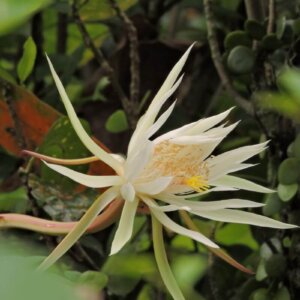
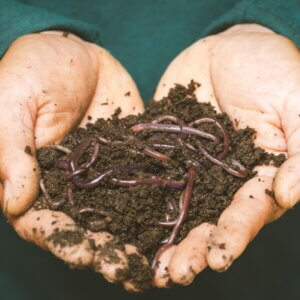

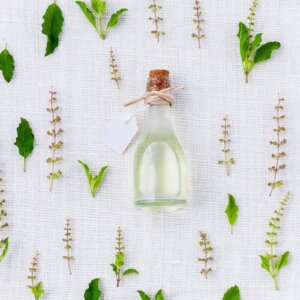

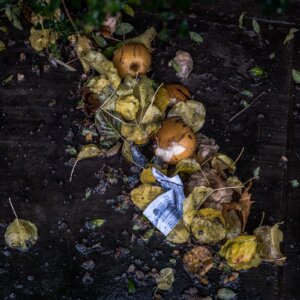




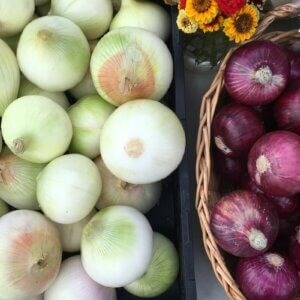
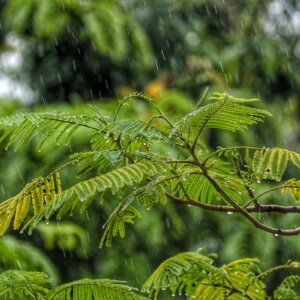



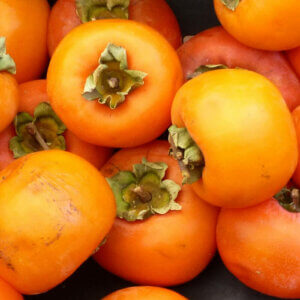




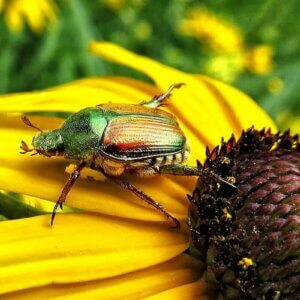



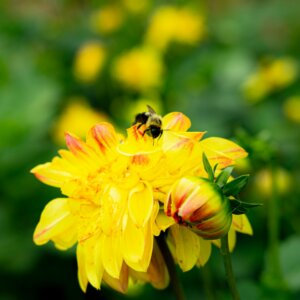
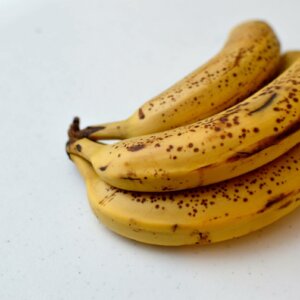





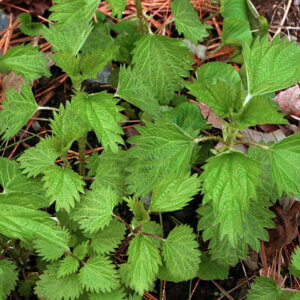

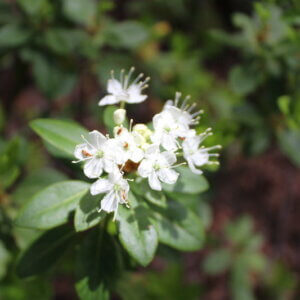


Leave a Reply